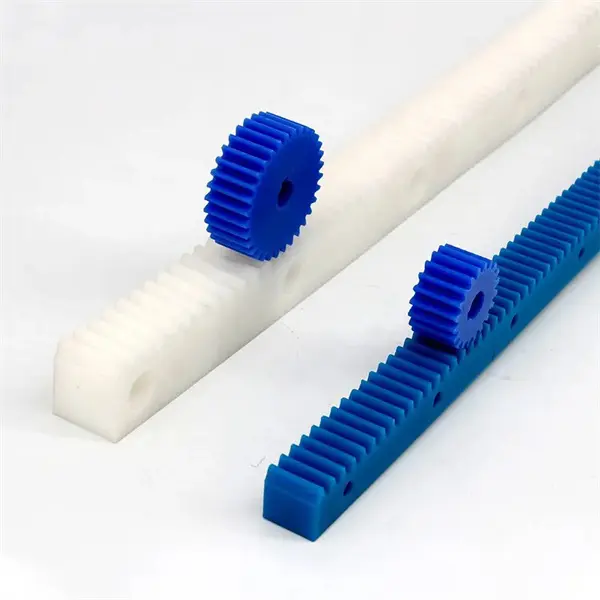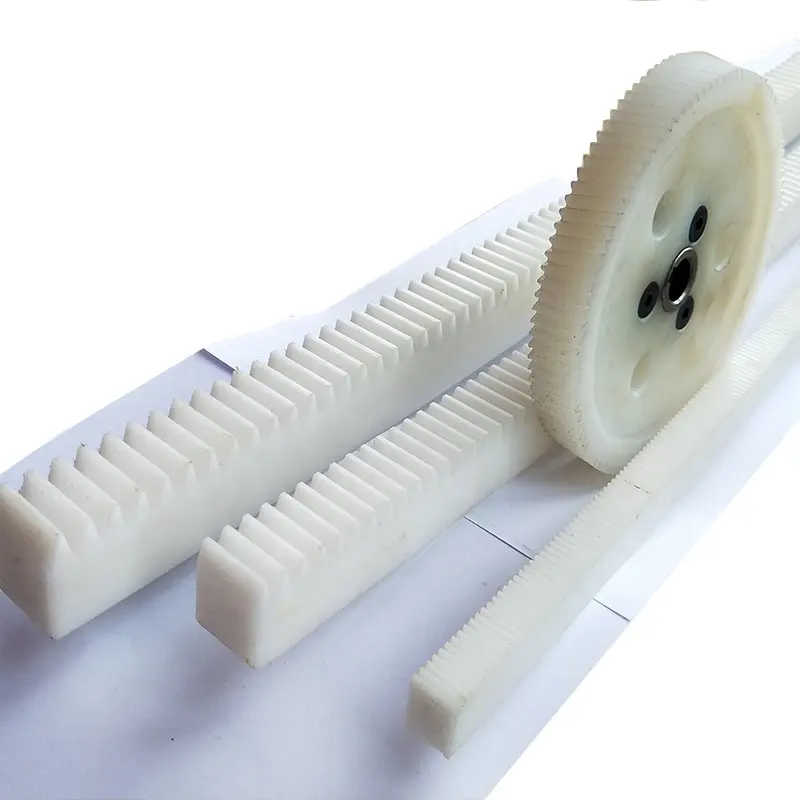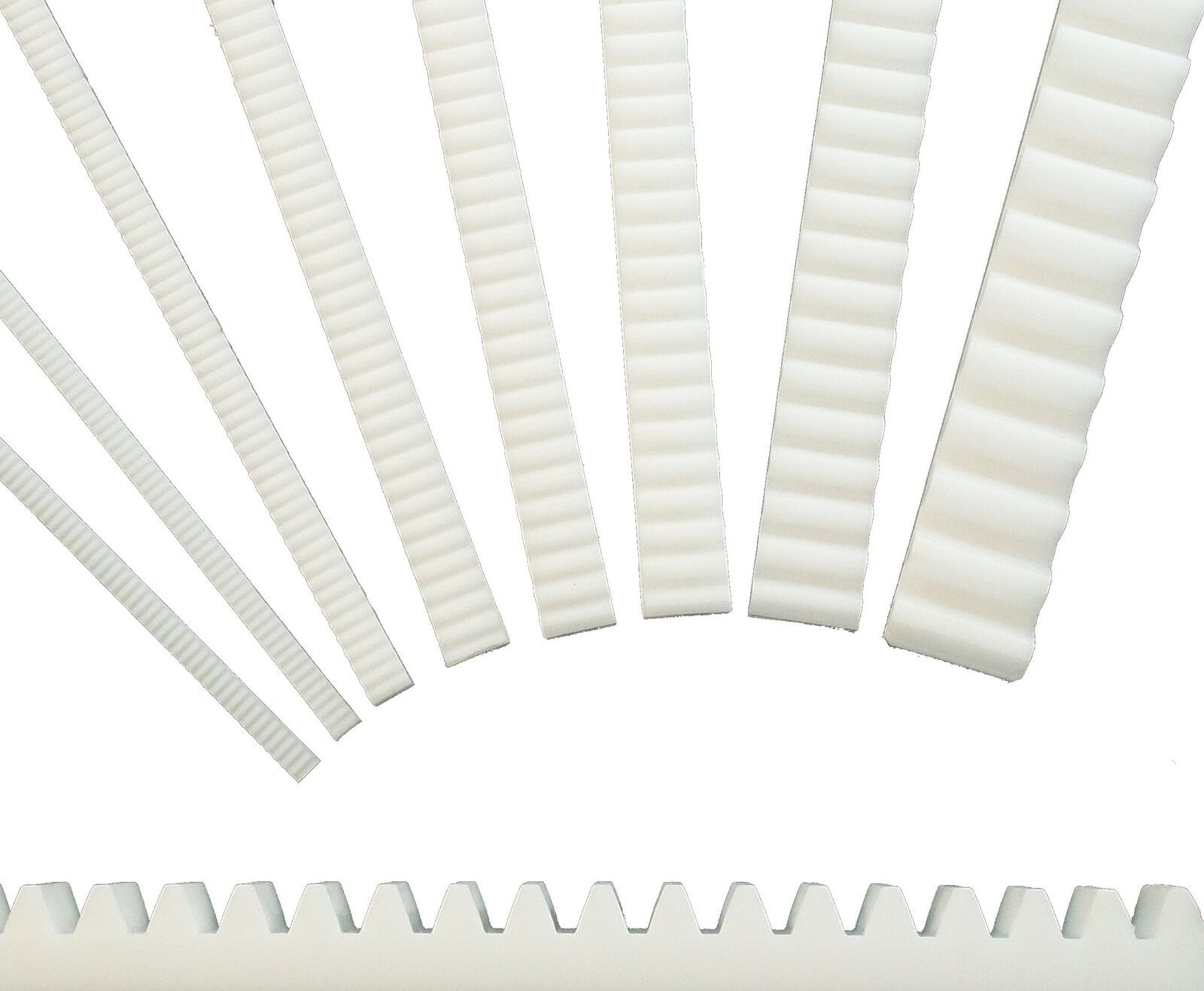Product Description
Product Description
| Color | Black |
| E-Waste | No |
| Hose Port Type | 0 |
| Input Shaft Diameter (in) | 0.69 |
| Input Shaft Diameter (mm) | 17.40 |
| Input Shaft Spline Count | 36 + Groove |
| Input Shaft Type | Splined, Grooved |
| Number of Mounting Holes | 4 |
| Output Shaft Diameter (in) | 1.25 |
| Output Shaft Diameter (mm) | 31.75 |
| Package Contents | Gear, Instruction Sheet, Instruction Tag |
| Pitman Arm Included | No |
| Pressure Port ID Size | 0 |
| Pressure Port Thread Size | 0 |
| Product Condition | Remanufactured |
| Product Packing Weight | 17.2 lbs |
| Pump Rotation | Standard |
| Return Port ID Size | 0 |
| Return Port Thread Size | 0 |
| Steering Box Type | Manual Steering |
| Total Turns Lock to Lock | 6.0 |
o
OE number
898118187
| After-sales Service: | Life Service |
|---|---|
| Warranty: | 12 Months |
| Type: | Steering Gears/Shaft |
| Material: | Iron |
| Certification: | ISO |
| Automatic: | Automatic |
| Samples: |
US$ 200/Piece
1 Piece(Min.Order) | |
|---|
| Customization: |
Available
| Customized Request |
|---|

How do rack and pinion systems handle different gear ratios?
Rack and pinion systems are capable of accommodating different gear ratios to achieve specific mechanical advantages and motion characteristics. Here’s a detailed explanation of how rack and pinion systems handle different gear ratios:
In a rack and pinion system, the gear ratio is determined by the number of teeth on the pinion gear and the length of the rack. The gear ratio defines the relationship between the rotational motion of the pinion and the linear motion of the rack. Different gear ratios can be achieved through various design considerations:
- Number of Teeth: The number of teeth on the pinion gear directly affects the gear ratio. A larger number of teeth on the pinion gear compared to the number of rack teeth results in a higher gear ratio, providing increased mechanical advantage and slower linear motion of the rack per revolution of the pinion. Conversely, a smaller number of pinion teeth relative to the rack teeth yields a lower gear ratio, delivering higher linear speed but reduced mechanical advantage.
- Pitch Diameter: The pitch diameter of the pinion gear, which is the diameter of the imaginary circle formed by the gear teeth, also influences the gear ratio. Increasing the pitch diameter of the pinion relative to the rack diameter leads to a higher gear ratio, while decreasing the pitch diameter results in a lower gear ratio. By adjusting the pitch diameters of the pinion and rack, different gear ratios can be achieved.
- Module or Diametral Pitch: The module (for metric systems) or diametral pitch (for inch systems) is a parameter that defines the size and spacing of the teeth on the gear. By selecting different module or diametral pitch values, the gear ratio can be adjusted. A larger module or lower diametral pitch leads to a lower gear ratio, while a smaller module or higher diametral pitch results in a higher gear ratio.
- Multiple Stages: Rack and pinion systems can also incorporate multiple stages of gears to achieve complex gear ratios. By combining multiple pinion gears and racks, each with different tooth counts, gear ratios can be multiplied or divided to achieve the desired overall gear ratio. This approach allows for more flexibility in achieving specific motion requirements and torque transmission characteristics.
When selecting the appropriate gear ratio for a rack and pinion system, several factors should be considered, such as the desired linear speed, torque requirements, precision, and system constraints. Higher gear ratios provide increased mechanical advantage and torque multiplication, which is advantageous for applications requiring heavy loads or precise motion control. Lower gear ratios, on the other hand, offer higher linear speed and reduced mechanical advantage, suitable for applications that prioritize rapid movements.
It’s important to note that changing the gear ratio in a rack and pinion system may impact other performance aspects, such as backlash, load distribution, and system efficiency. Proper design considerations, tooth profile selection, and material choices should be made to ensure optimal performance and reliability while maintaining the desired gear ratio.

How do rack and pinion systems handle variations in backlash and precision?
Rack and pinion systems are designed to minimize variations in backlash and ensure high precision in motion control. Here’s a detailed explanation of how rack and pinion systems handle variations in backlash and precision:
Backlash in Rack and Pinion Systems:
Backlash refers to the play or clearance between the teeth of the pinion and the rack in a rack and pinion system. It can result in a loss of precision and accuracy in motion control. However, there are several strategies employed to handle variations in backlash:
- Precision Manufacturing: Rack and pinion systems are manufactured with high precision to minimize backlash. The teeth of both the pinion and the rack are carefully machined to ensure accurate tooth profiles and proper tooth engagement. Precision manufacturing techniques, such as grinding and honing, are utilized to achieve tight tolerances and reduce backlash to a minimum.
- Preload Mechanisms: Preload mechanisms can be incorporated into rack and pinion systems to reduce or eliminate backlash. These mechanisms apply a slight force or tension to the pinion and the rack, ensuring constant contact between the teeth. By eliminating the clearance between the teeth, preload mechanisms minimize backlash and enhance precision. Common preload mechanisms include spring-loaded systems, adjustable shims, and anti-backlash devices.
- Compensation Techniques: Compensation techniques can be employed to handle variations in backlash. These techniques involve implementing controls or software algorithms that account for the expected backlash and compensate for it during motion control. By applying appropriate corrections and adjustments, the system can achieve the desired precision and accuracy, even in the presence of backlash.
Precision in Rack and Pinion Systems:
Precision in rack and pinion systems refers to the ability to achieve accurate and repeatable motion control. Several factors contribute to maintaining precision in rack and pinion systems:
- Rigidity and Structural Integrity: The rigidity and structural integrity of the rack and pinion system play a crucial role in maintaining precision. Stiffness in the system ensures minimal deflection or deformation during operation, allowing for accurate positioning and motion control. Proper selection of materials, adequate sizing of components, and robust construction are essential for maintaining precision.
- Lubrication and Maintenance: Proper lubrication is important for reducing friction and wear in rack and pinion systems. Adequate lubrication minimizes variations in friction, ensuring smooth and consistent motion. Regular maintenance, including lubrication checks and cleaning, helps to preserve precision over time and prevent degradation in performance.
- System Alignment: Precise alignment of the rack and pinion system is critical for maintaining precision. Proper alignment ensures accurate tooth engagement and minimizes variations in backlash. Alignment procedures may involve careful adjustment of mounting positions, gear meshing, and system calibration to achieve optimal precision.
By employing precision manufacturing techniques, incorporating preload mechanisms, utilizing compensation techniques, ensuring system rigidity, implementing effective lubrication and maintenance practices, and maintaining proper system alignment, rack and pinion systems can handle variations in backlash and maintain high precision in motion control. These measures contribute to accurate positioning, repeatability, and reliable performance in a wide range of applications.

Can you explain the typical applications of rack and pinion systems?
Rack and pinion systems find a wide range of applications in various industries due to their versatility, efficiency, and precise motion control. Here’s a detailed explanation of some typical applications:
- Automotive Steering: One of the most common applications of rack and pinion systems is in automotive steering mechanisms. In this application, the rack is connected to the steering column, and the pinion gear is driven by the steering input from the driver. As the pinion gear rotates, it moves the rack linearly, which in turn controls the movement of the vehicle’s front wheels, allowing for smooth and responsive steering.
- Robotics: Rack and pinion systems are widely used in robotics for precise and controlled linear motion. They can be found in various robotic applications, including robotic arms, gantry systems, pick-and-place robots, and CNC machines. The rack and pinion mechanism enables accurate positioning, fast movement, and high repeatability, making it ideal for tasks that require precise manipulation and motion control.
- Linear Actuators: Rack and pinion systems are commonly employed in linear actuators, which are devices used to convert rotational motion into linear motion. The pinion gear is driven by an electric or hydraulic motor, and the linear motion of the rack is utilized to extend or retract the actuator. Linear actuators based on rack and pinion systems are used in various applications, such as industrial automation, medical equipment, and aerospace systems.
- Machinery: Rack and pinion systems are utilized in a wide range of machinery and equipment. They are often employed in applications requiring precise linear motion control, such as cutting machines, printing presses, packaging equipment, and material handling systems. The rack and pinion mechanism enables efficient power transmission, accurate positioning, and quick response, enhancing the performance and productivity of the machinery.
- Automation: Rack and pinion systems play a crucial role in automation processes. They are used in automated systems for tasks such as part positioning, assembly, sorting, and conveyor systems. The precise and reliable linear motion provided by rack and pinion systems contributes to the efficiency and accuracy of automated processes.
In addition to the above applications, rack and pinion systems can be found in various other fields, including agriculture, construction, entertainment industry, and more. Their compact design, high precision, efficiency, and versatility make them a popular choice for converting rotational motion into linear motion in a wide range of mechanical systems.


editor by CX 2023-11-10